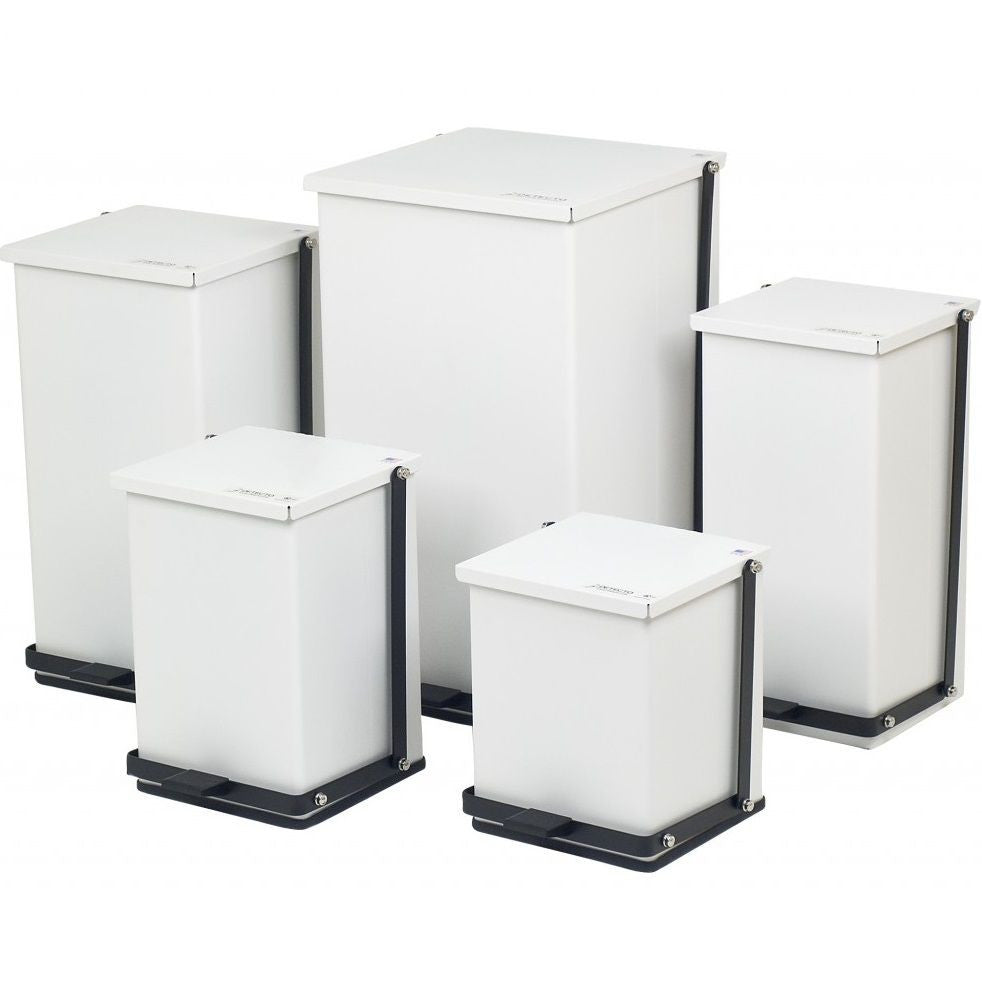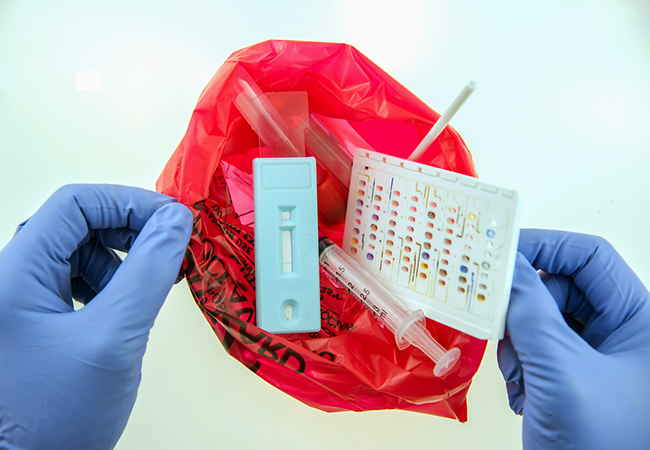Safeguarding Wellness: Unveiling the Significance of Expert Medical Waste Removal
Safeguarding Wellness: Unveiling the Significance of Expert Medical Waste Removal
Blog Article
Keep Ahead of Regulations: Professional Recommendations on Medical Waste Disposal
In a globe where the health care market is continuously developing, it is crucial for medical centers to remain ahead of regulations when it comes to the correct disposal of medical waste. From recognizing the various classifications of medical waste to applying the ideal collection and segregation approaches, this discussion will give workable suggestions and beneficial insights to aid facilities stay in advance of regulations in the ever-changing landscape of clinical waste disposal.
Understanding Clinical Waste Categories
Understanding clinical waste classifications is essential for correct disposal and monitoring in health care facilities. Clinical waste refers to any kind of waste produced by healthcare tasks that may pose a danger to public health and wellness or the setting. It is vital to categorize medical waste properly to ensure its secure handling, transportation, therapy, and disposal.
There are several classifications of clinical waste that healthcare facilities need to be aware of. The most usual classifications consist of infectious waste, pathological waste, sharps waste, pharmaceutical waste, and chemical waste. Each category has certain standards and regulations for its proper administration and disposal.
Pathological waste refers to human tissues, organs, or body parts that call for unique handling and disposal. Drug waste makes up ended, unused, or polluted drugs that need mindful handling and disposal.
Remaining Up-To-Date With Regulatory Adjustments
Remaining present with regulative changes is critical for medical care centers to make sure compliance and proper management of clinical garbage disposal. medical waste removal near me. With guidelines regularly progressing, it is necessary for health care facilities to stay up-to-date to avoid penalties, penalties, and prospective damage to the setting and public health and wellness
To remain in advance of regulative adjustments, healthcare centers must establish a system for surveillance and tracking updates. This can be done by subscribing to governing e-newsletters, attending meetings and workshops, and proactively joining industry organizations. Additionally, centers ought to mark an employee or team liable for staying educated and disseminating details to appropriate stakeholders.
Normal communication with regulative firms is also essential. Medical care facilities must establish connections with local, state, and federal firms to ensure they know any type of modifications in laws that may affect their waste monitoring techniques. This can be done with regular meetings, engagement in public remark periods, and positive involvement with regulatory agencies.
Additionally, medical care facilities should take into consideration partnering with waste management firms that focus on clinical waste disposal (medical waste disposal services with WasteX). These firms are frequently skilled in the latest regulations and can offer support and assistance to make certain compliance
Implementing Appropriate Collection and Segregation Techniques
To properly take care of clinical garbage disposal, medical care facilities need to establish appropriate collection and segregation techniques in accordance with regulative guidelines. Carrying out these approaches makes sure the risk-free handling and disposal of potentially harmful products, shields the atmosphere, and minimizes the danger of infections and injuries to health care workers and the general public.
Appropriate collection and segregation methods entail the usage of marked containers and identifying systems. Health care facilities should provide plainly labeled containers for different types of clinical waste, such as sharps, transmittable waste, pharmaceutical waste, and non-hazardous waste. These containers must be color-coded and plainly marked to avoid complication and promote easy recognition.
Furthermore, healthcare centers must train their staff on the proper treatments for collecting and setting apart clinical waste. This includes enlightening them on the various types of waste, the ideal containers to utilize, and the significance of following standards and policies. Regular training sessions and correspondence course should be performed to guarantee that team participants remain updated on best techniques.
Additionally, medical care facilities need to establish a system for normal collection and disposal of medical waste. This might involve partnering with qualified waste administration firms that focus on clinical waste disposal. These business will certainly guarantee that the accumulated waste is carried and dealt with in conformity with regulatory demands.
Picking the Right Disposal Methods

Incineration is just one of one of the most usual and reliable approaches for getting rid of specific kinds of clinical waste, such as pathological waste and sharps. It includes the regulated burning of waste at heats, lowering it to ash. Incineration can release damaging contaminants into the air and contribute to air pollution.

Chemical therapy involves the use of chemicals to neutralize the waste and disinfect. Microwave treatment utilizes microwave power to warm and decontaminate the waste.
Making Certain Compliance With Documents and Training
After meticulously considering the appropriate disposal methods for medical waste, healthcare facilities must guarantee compliance with regulations and minimize environmental impact by implementing effective documentation and training treatments. This action is vital in keeping a secure and lasting environment for both healthcare employees and the basic public.

Training is just as important in guaranteeing conformity with laws. Healthcare workers that take care of medical waste ought to get proper training on waste partition, handling, and disposal procedures. This training must cover subjects such as the correct use of personal protective devices, recognition of various kinds of waste, and the correct disposal methods for each waste classification. By supplying thorough training, medical care facilities can encourage their team to make enlightened choices and minimize the risk of improper waste disposal.
Conclusion
To conclude, staying in advance of laws in clinical waste disposal is vital for health care facilities. medical waste removal services. Comprehending the different classifications of medical waste, staying upgraded with regulative modifications, executing proper collection and partition techniques, choosing the appropriate disposal approaches, and making sure compliance through documents and training are all necessary steps. By adhering to these standards, healthcare companies can successfully manage and get rid of of clinical waste in a safe and liable way
From understanding the various categories of clinical waste to executing the you can check here appropriate collection and segregation approaches, this discussion will certainly supply valuable understandings and workable ideas to aid centers remain ahead of laws in the ever-changing landscape of clinical waste disposal. - medical waste disposal services with WasteX
The most typical groups consist of infectious waste, pathological waste, sharps waste, pharmaceutical waste, and chemical waste. Healthcare facilities ought to supply plainly classified containers for various kinds of clinical waste, such as sharps, transmittable waste, pharmaceutical waste, and non-hazardous waste. Medical care centers need to develop a thorough system to videotape and track all elements of clinical waste disposal, consisting of kinds medical waste disposal services with WasteX of waste created, amounts, and disposal approaches made use of. Medical care workers that handle clinical waste needs to obtain ideal training on waste partition, handling, and disposal treatments.
Report this page